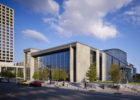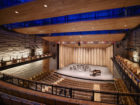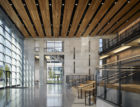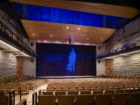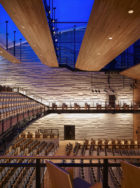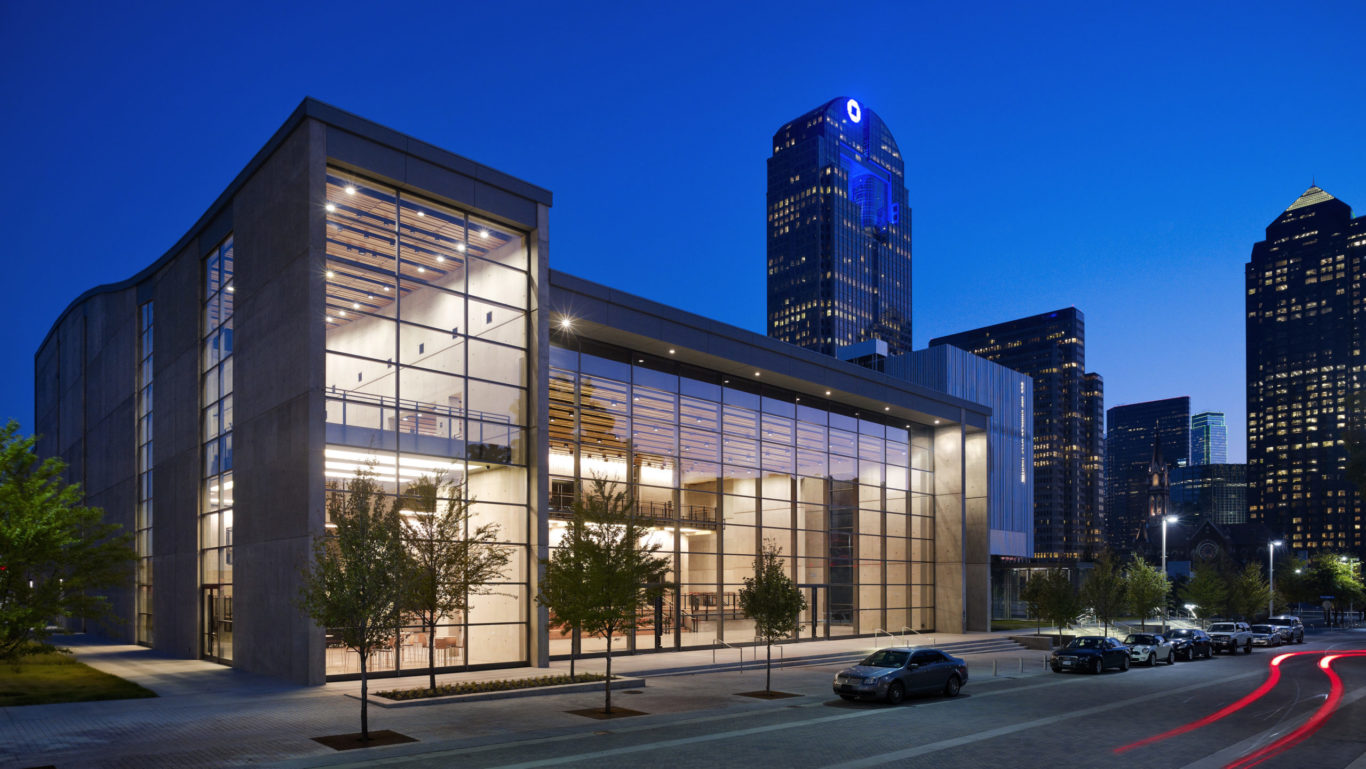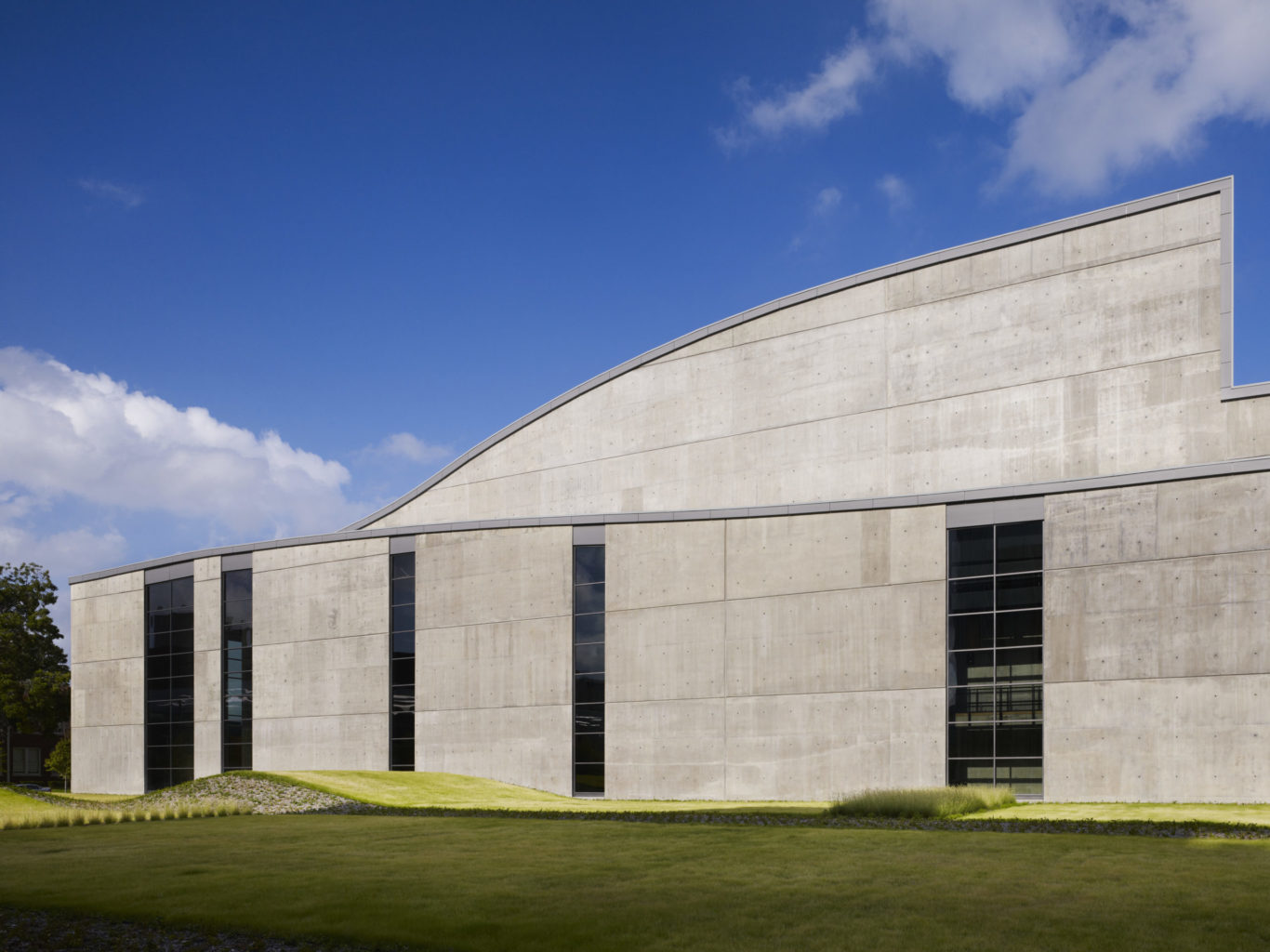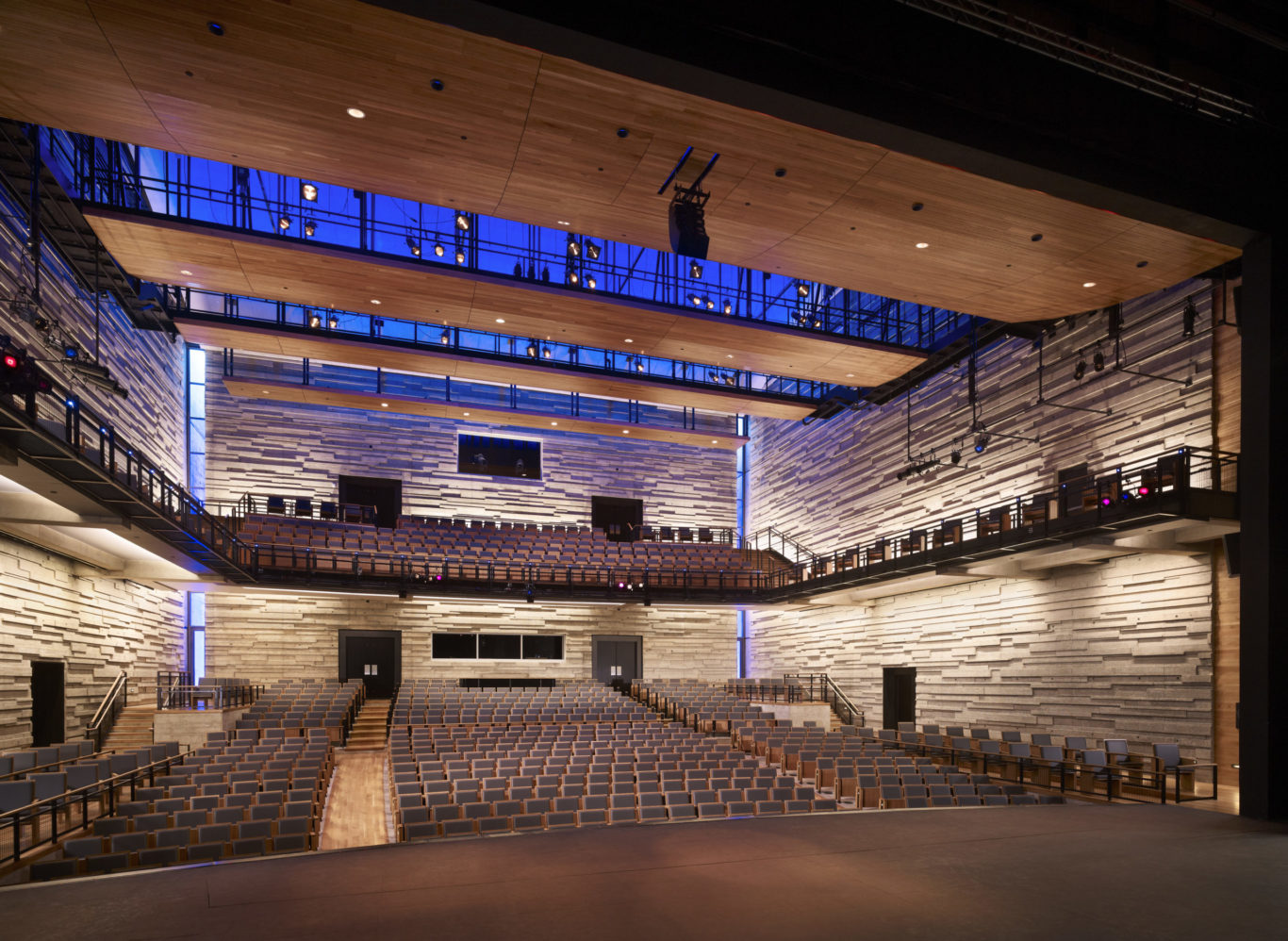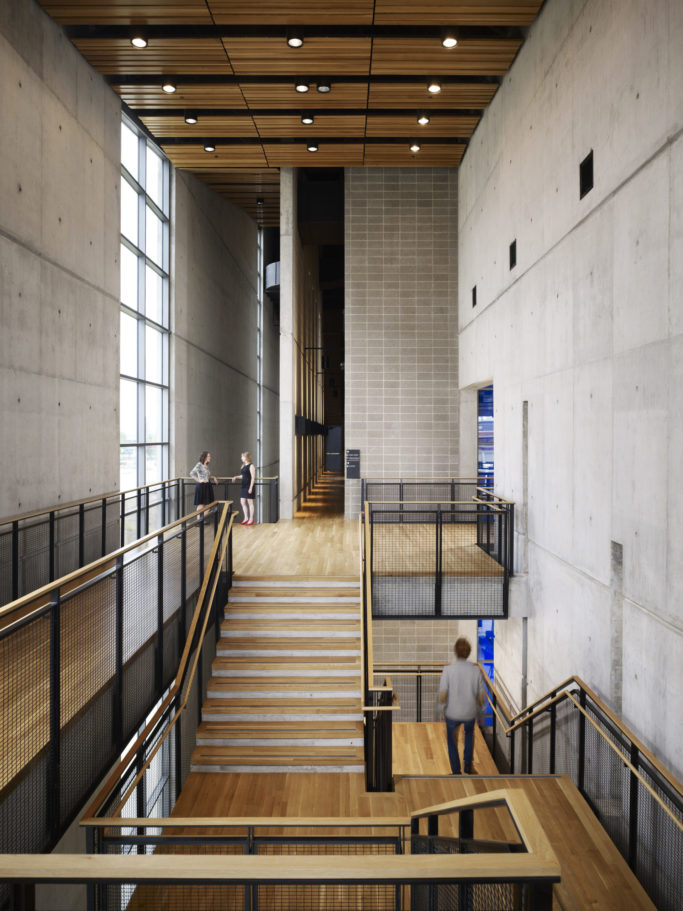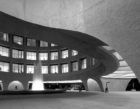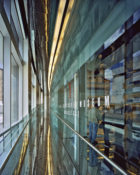A thoughtful addition to the Dallas Arts scene
Conceived as a “village for the arts,” the Moody Performance Hall (MPH) is home to dozens of theater, music, and dance companies. Formerly known as the Dallas City Performance Hall, it sits in the heart of the Dallas Arts District. The concrete and glass building achieves a graceful simplicity through thoughtful planning and careful architectural detailing.
